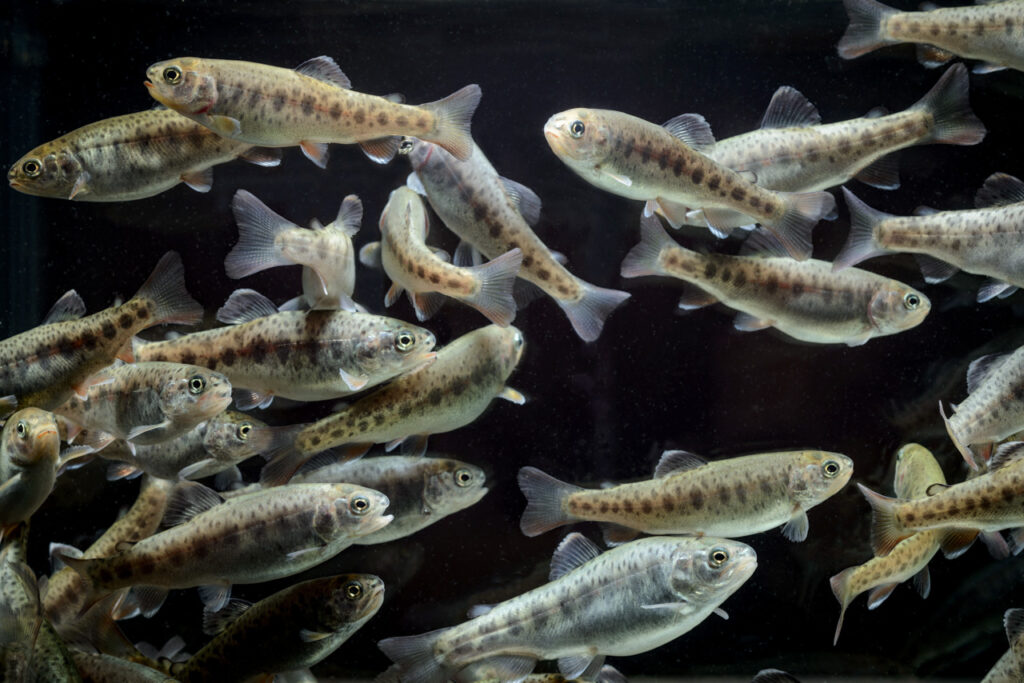By summer, most fish stocking has taken place, and staff have a brief reprieve from driving stocking trucks before beginning preparations for fall stocking and egg collections. Hatchery maintenance and upgrades are undertaken, and the care and cultivation of fish continues.
Releasing Fish into Lakes and Rivers
High-elevation, more remote, and northern B.C. lakes are stocked in June.
While most lakes stocked throughout the province are located close to major population centres and nearby transportation corridors, a handful of the lakes that we stock are not easily accessible by road.
Most regions contain a few lakes where fish are loaded into a backpack tank and hiked in, or flown in using a helicopter. Stocking these lakes provides anglers who want to get away from more popular, easily accessible spots with quality angling in crowd-free, remote settings. Flown-in fish are carried in large buckets, and released while the helicopter hovers close to the lake’s surface. For hike-in stocking, special backpack tanks – with water containing extra oxygen – are used to keep fish happy and healthy during their journey to the lake.
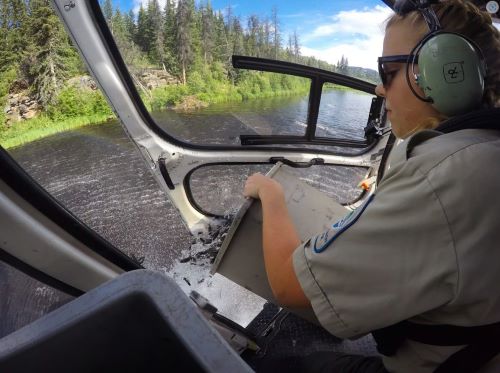
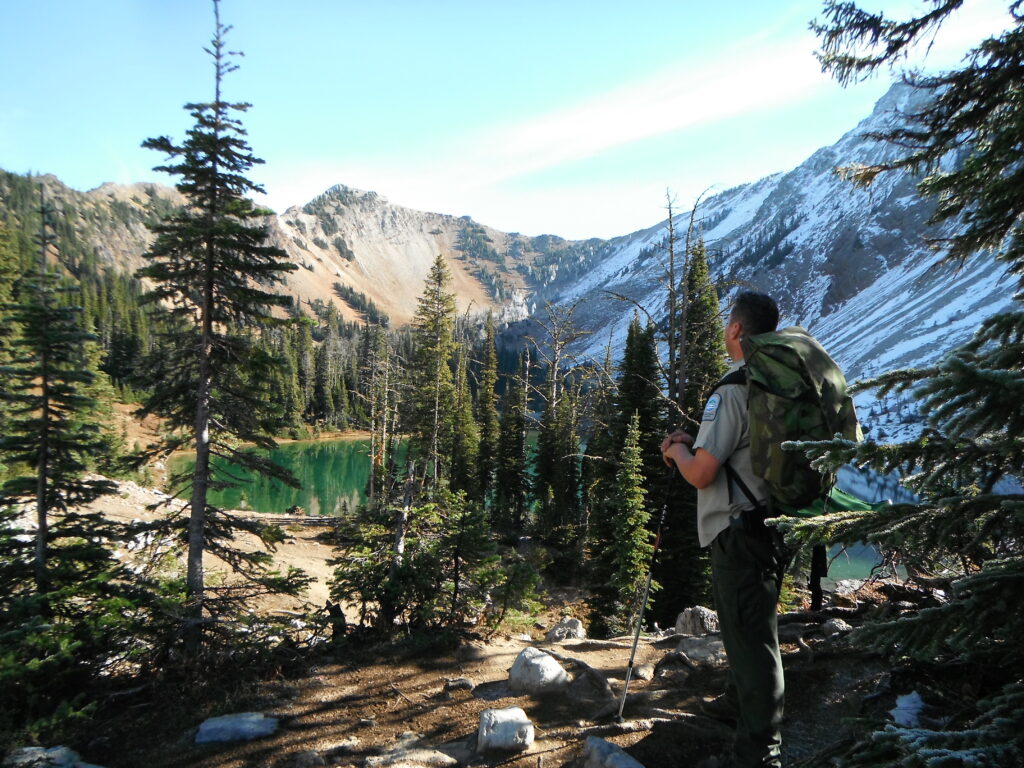
Incubation and Fish Rearing
Eggs gathered from egg-collection stations in the spring have been fertilized, and are incubated at the hatchery. If you visit our hatcheries during June and July, most of our rainbow trout are still in the egg, eyed-egg, or alevin stages. After the eggs hatch, juvenile fish are moved from incubation trays to circular tanks or troughs for their first feedings. As the fish grow larger, they are moved into larger raceways and circular tanks outside.
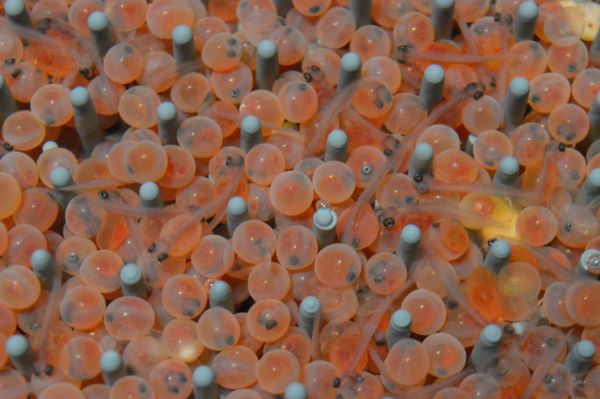
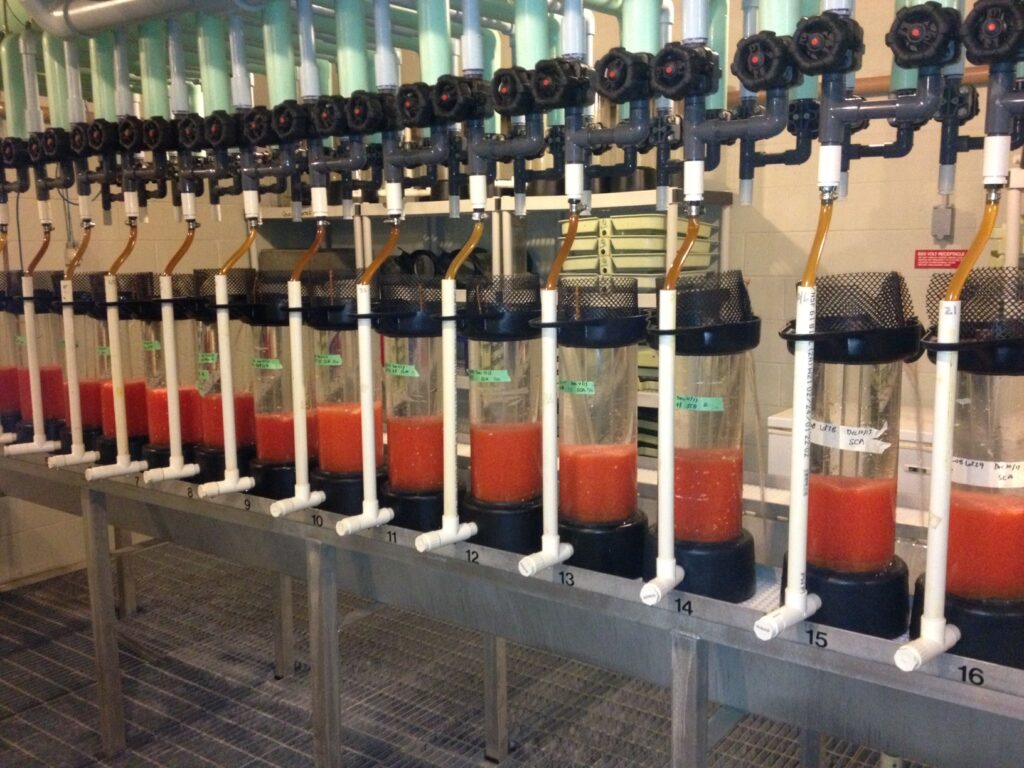
Automatic feeders dispense food for the growing fish on a regular basis. At this critical time of fish development, staff monitor growth, water quality, and fish health closely. Outside tanks are covered to give shade, and protection from predators like birds.
Staff take advantage of the less-hectic summer months to clean and disinfect all equipment used to hatch and raise fish. It’s a good time to use a pressure washer to clean raceways and troughs, and thoroughly scrub tanks.
Visitor Centres and Fishing Programs
Summer sees a big influx of tourists and visitors to our hatcheries. Outreach staff at the Kootenay, Fraser Valley, Summerland, and Clearwater hatcheries host Learn to Fish programs, school field trips, and group tours. At the Kootenay, Fraser Valley, and Clearwater hatcheries, fishing ponds are open throughout the summer. Visitors can even borrow a rod and tackle for free to try their hand at catching a stocked trout. While the Kootenay and Clearwater ponds are accessible on a drop-in basis, you’ll need to call ahead to pre-book a visit to the fishing pond at the Fraser Valley Trout Hatchery. You can find out more about our programs and events on our Learn to Fish page.
Preparation for the Busy Fall
Towards the end of summer, staff begin preparations for collecting kokanee eggs, which takes place at field stations in September. They are also getting ready for the fall stockings.
Use the stocking report tool to find out what fish we have released, where, and when.
This article is part of a series where we highlight the activities taking place at the six Society hatcheries during each season of the year. Read our fall, winter and spring hatchery blogs to learn more.
Author: Staff, Freshwater Fisheries Society of BC
Original Publish Date: August 22, 2019
